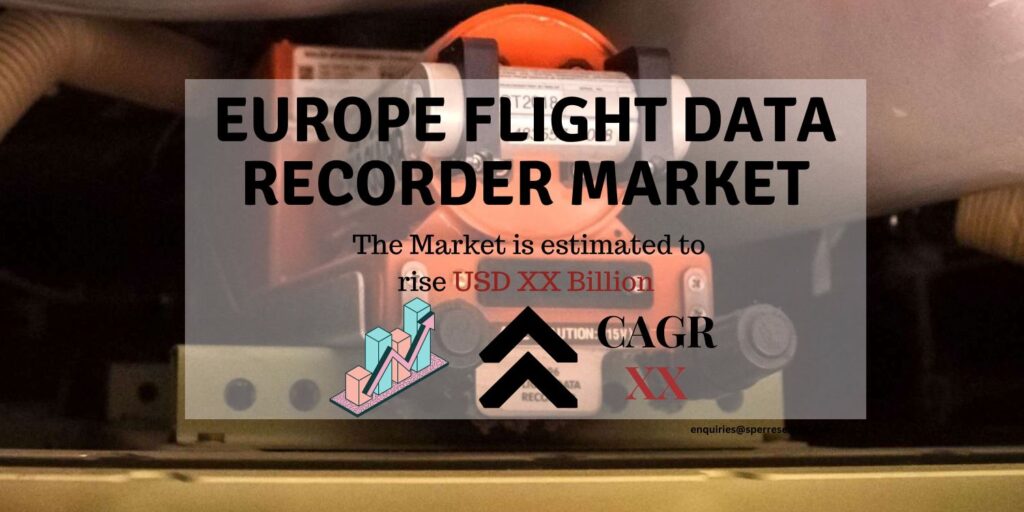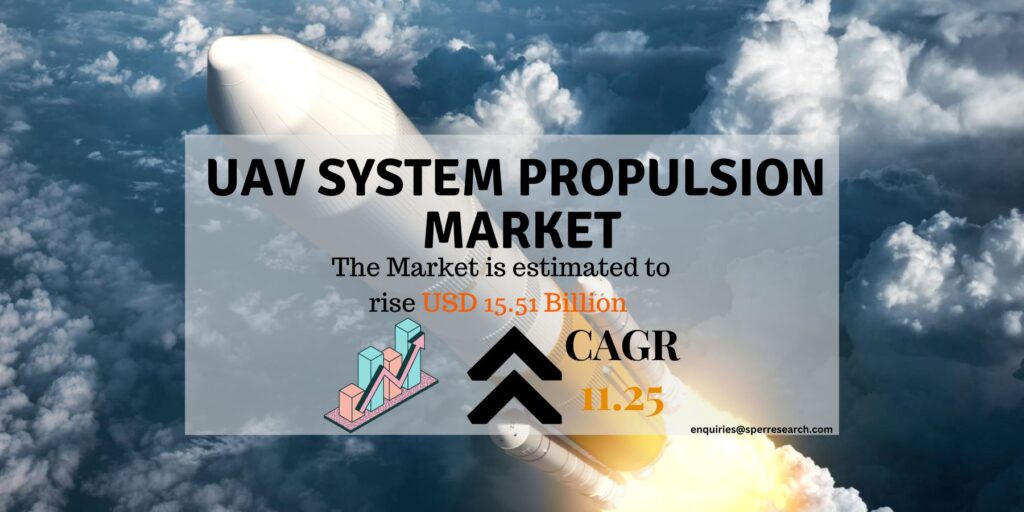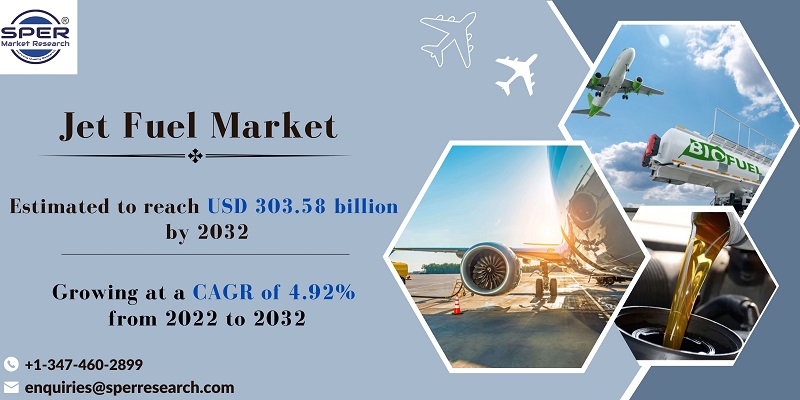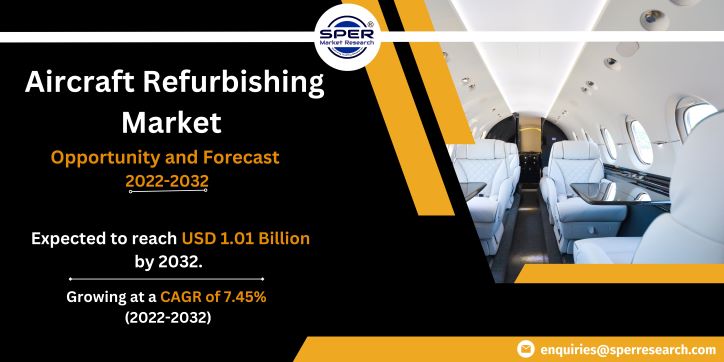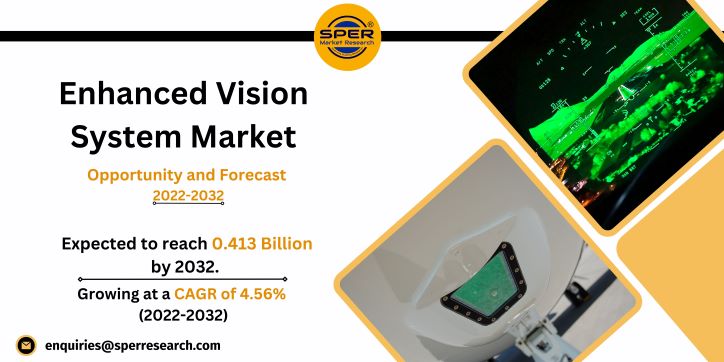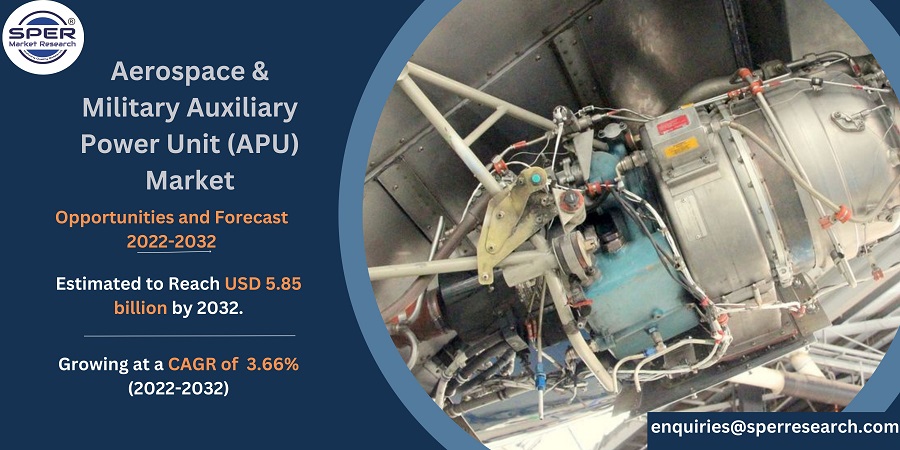Jet fuel is specifically formulated for aircraft equipped with gas-turbine engines and is intended to power them during flight. It has a transparent to straw-like colour and is commonly known as Jet A or Jet A-1, meeting standardized international specifications for commercial aviation. Jet B is another type of jet fuel utilized in civilian turbine-engine powered aviation, mainly chosen for its improved performance in cold weather conditions. In terms of composition, jet fuel shares similarities with kerosene and possesses a significantly higher flash point compared to gasoline (such as AVGAS) used in piston-engine aircraft. This disparity in flash point is a crucial safety characteristic, as it greatly reduces the risk of fire in normal operation and particularly in the aftermath of an accident, ensuring a higher level of safety for turbojet aircraft.
According to SPER market research, ‘Jet Fuel Market Size By Fuel Grade, By Application – Regional Outlook, Competitive Strategies and Segment Forecast to 2033’ state that the Global Jet Fuel Market is predicted to reach USD 334.96 billion by 2033 with a CAGR of 4.94%.
The growing number of air travellers, the expansion of the aviation industry, economic conditions, geopolitical factors, environmental concerns, and lastly, technological advancements also impact the jet fuel market. Improvements in aircraft design and engine efficiency can lead to reduced fuel consumption, thereby affecting the overall demand for jet fuel.
However, Volatile crude oil prices, environmental concerns and regulations, geopolitical factors, infrastructure requirements, and technological advancements all pose challenges to the global jet fuel market. In the face of changing market dynamics, the industry must adapt and find innovative solutions to ensure the reliable supply, affordability, and sustainability of jet fuel.
Request For Free Sample Report @ https://www.sperresearch.com/report-store/jet-fuel-market.aspx?sample=1
In addition, The global jet fuel market has been significantly impacted by COVID-19. Travel restrictions and lockdown measures were implemented in many countries as a result of the pandemic, resulting in a significant decrease in air travel. Because of the decrease in air travel, fewer planes flew, and as a result, demand for jet fuel fell dramatically. Airlines were forced to cancel flights, reduce operations, and even ground their fleets, resulting in a market surplus of jet fuel. Jet fuel prices fell due to decreased demand and excess supply. This was especially difficult for oil companies and refineries that rely heavily on the aviation industry. As a result of having to store excess jet fuel or find alternative markets for it, many of these companies faced financial difficulties. Some had to temporarily reduce production or shut down their operations.
Moreover, North America, comprising the United States, Canada, and Mexico, has been examined in terms of market analysis. The United States holds a significant portion of the market share, followed by Canada and Mexico. According to the General Aviation Manufacturers Association (GAMA), as of 2019, there were a total of 440,000 general aviation aircraft flying worldwide, including two-seat training aircraft, utility helicopters, and intercontinental business jets. Among these, the United States has over 211,000 general planes, establishing its dominance in this sector. Additionally, the defense sector is a major consumer of aviation fuel. The U.S. Air Force alone consumes around 2 billion gallons of aviation fuel annually, accounting for approximately 81% of the total Air Force energy budget. Given the substantial military spending of about $732 billion in 2019, the United States leads in defense expenditures. These factors are anticipated to drive market growth in this region during the forecast period. Additionally, some of the prominent market key players are Allied Aviation Services Inc., Amyris, Solazyme, TotalEnergies SE, Valero Marketing and Supply, Others.
Global Jet Fuel Market Segmentation:
By Fuel Grade: Based on the Fuel Grade, Global Jet Fuel Market is segmented as; Jet A, Jet A1, Jet B, TS-1.
By Application: Based on the Application, Global Jet Fuel Market is segmented as; Commercial, Defense, General Avaition, Private.
By Region: This report also provides the data for key regional segments of Asia-Pacific, Europe, Middle East and Africa, North America, Latin America.
This study also encompasses various drivers and restraining factors of this market for the forecast period. Various growth opportunities are also discussed in the report.
For More Information, refer to below link:-
Jet Fuel Market Future Outlook
Related Reports:
Follow Us –
LinkedIn | Instagram | Facebook | Twitter
Contact Us:
Sara Lopes, Business Consultant – U.S.A.
SPER Market Research
+1-347-460-2899

